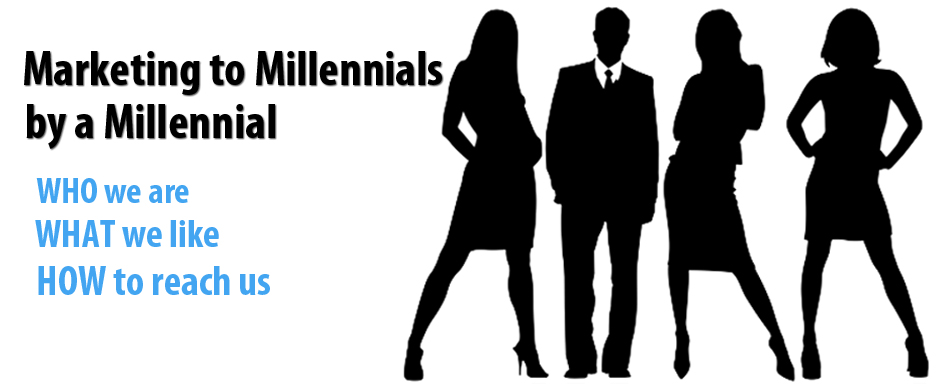 |
| The Keg Mansion, sold the haunted experience |
Last year for Christmas, my boyfriend and I decided to book a hotel and go to Toronto for the weekend, instead of buying each other presents. We went to the Keg Mansion with his family, Ripley’s Aquarium, on a Steam Whistle Brewery tour and to a board-game café. Why did we do this, you might ask? We wanted to share new experiences together, instead of getting each other gifts that didn’t really mean anything.
 |
| Ripley's Aquarium, an underwater experience |
Another great way to market to millennials is through
experience, or in other words, experiential marketing. Creative Guerilla Marketing defines experiential marketing as a form of marketing
that focuses on helping the consumer experience the brand. They also said
that it is used to form a memorable and emotional connection between the consumer
and the brand so that it generates customer loyalty and influences the purchase
decision.
 |
| Experience Toronto in a beer |
As millennials, we are more interested in buying in on an
experience, than the product or service itself. How many times have you wanted
to go to Harvey’s and create your own
personalized burger? I know I have, because it’s not just a hamburger, it’s an
experience. The Store Front Blog states that experiences, especially shared experiences,
are what connect millennials as humans. Building an experience to go with your
product or service allows us to build a relationship with you.












